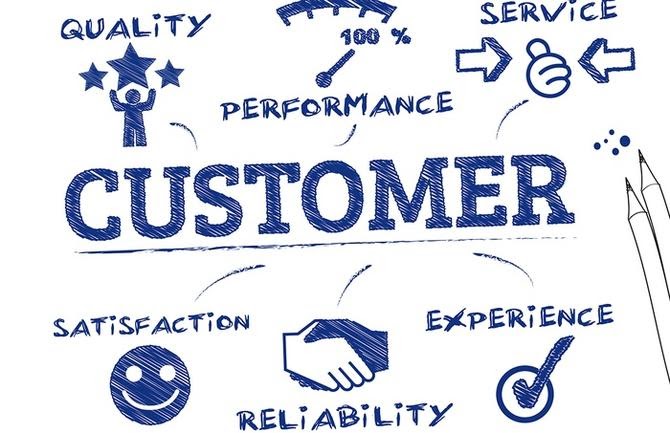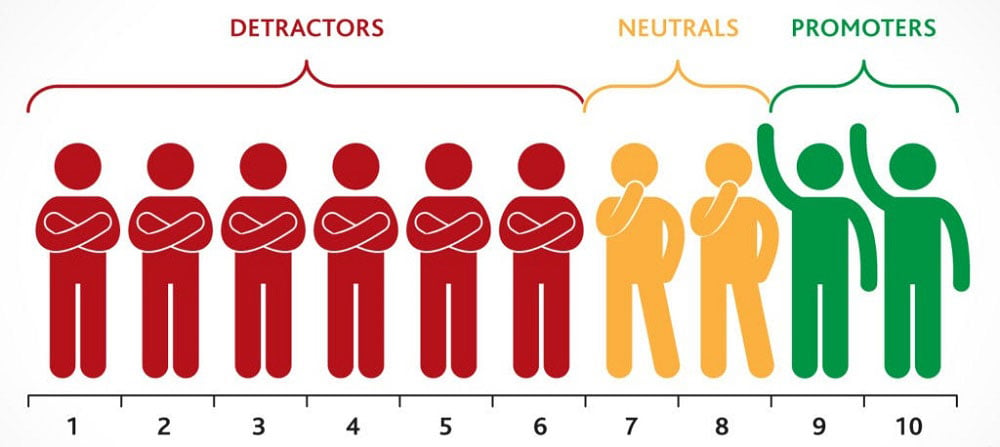Customers are the heart of any business because they are paying money for all business activities. Therefore, it is crucial to understand how they think, how they feel about your brand, product & service. If you want to better understand customer experience measurement, this article will help you do that.
Table of Contents
Role of customer experience measurement
Customer experience is known as the interactions and experience the customers has with the business during the buying journey, from the first connection to become loyal customers.
The company that successfully implements a customer strategy is more likely to achieve a higher customer satisfaction level and decreased customer churn rate.
Customer experience plays a crucial role in Customer relationship Management (CRM) and impacts all departments of the business. Therefore, if the business gives customers an excellent experience, they can get better sales volume, revenue, and profit.
The happier your customers are, the longer they stay with your brand. Thus, the business has to know how to treat customers with great products & services as well as how to measure their happiness and satisfaction.
Customer experience measurement system will help companies understand their customer better and know how to deliver a superior customer experience outperform their competitors.
Customer experience measurement metrics
There is no way to exactly measure the customer experience, however, there are some customer experience measurement metrics that you can refer to keep track of your customer emotions and satisfaction.
Customer experience measurement metrics are measurable factors that show the customer feels about the product, service, and brand.
Different metrics will show you a different aspect of the business, here are some of the key customer experience measurement metrics that you might want to know.
Net Promoter Score (NPS)
Net Promoter Score is one of the customer experience measurement metrics which show the customer’s loyalty level and the possibility they will recommend the brand to others.
Normally, brands will measure the NPS by simple survey and calculate the result to bring out the NPS score.
This is one of the common customer experience measurement metrics that is used popularly in the business to get the summarized picture of customer loyalty.
Customer satisfaction (CSAT)
To know how satisfied your customers are with the product & services, you can use the customer satisfaction metric.
Based on the survey with some basic questions about the overall satisfaction, the CSAT metric will show you the level of customer satisfaction & dissatisfaction with the brand, products & services.
This metric is easy to process and understand.
Customer effort score (CES)
The fact remains that brands always want customers to interact with them as effortlessly as possible. Therefore, this customer experience measurement metric will measure the effort of the customer in keeping connected with brands.
Customers will answer the question: How easy was it to contact the brand? With some basic answers such as Easy, Neither, Difficult.
Then the CES score will be calculated so that the company can do the next action the improve its product & service.
Customer lifetime value (CLV)
The total amount of money that customers have spent on your business during the relationship will tell you about the customer lifetime value metrics.
This information also tells you about the price of acquisition and retention and tells you how the customer relationship has changed during the time.
Customer churn rate
One of these metrics is the customer churn rate, which helps businesses understand customer loyalty.
If your business got a high level of customer churn rate, you might need to review your product & service to improve the customer experience and bring the customer back to your brand.
Analyzing the customer churn rate carefully will help your brand identify the thread and find out the opportunities in the business.
Customer retention rate
One of the customer experience measurement metrics is the customer retention rate. This metric is used to measure the percentage of customers that a company can keep in a certain time.
For some specific industries, this metric plays a vital role because it directly affects the company’s profit.
Customer experience measurement tools
As many companies might find it challenging to collect data, analyze the result from the above information, several tools will be introduced in the next part to help you to overcome this challenge.
Customer analytics tools
Customer analytics is the group of specialized tools used to gain customer insight, understand customer behavior and help businesses do marketing for specific groups of customers.
These tools will collect customer buying behavior from various sources through surveys, digital channels, and in-app.
These tools will give the business the overall picture of customer’s insights, what they like and dislike about your brand. Then, the system will analyze the data and bring out the result to help the business improve the quality of products & services.
>> Read more: Customer Engagement Analytics: Definition, Benefit and Metrics
Real-time reports
One of the most informative customer experience measurement tools is the real-time report. With this option, the business can collect the information to measure the above metrics at a specific time through online and offline channels.
This report can show you much useful information such as the participant’s number, the traffic source, the conversions. Based on this information, your brand can analyze customer behavior and get their insight better.
The AI-Based text analytics tool
With the AI-based text analytics tool, the large quantity of customer feedback will be analyzed in a specific context.
While the traditional approaches are not really useful these days because it requires many time and resources, the new AI tool appears to overcome challenges.
The AI tool does not require the staff to do the rule manually, it automatically adds the text analyzed in the suitable context and brings out the result in a shorter time compared to the past.
The customer experience measurement software
There are many customer experience measurement software that can be used online to help businesses measure the above metrics instead of the traditional tools.
The digital customer experience measurement will help brands collect, measure, manage, analyze and personalize the customer’s behaviors and segments quickly.
For example, Satmetrix is one of the digital customer experience measurement which gathers the data from customer feedback on the various platforms to measure the customer satisfaction level.
Based on collected data, the brand will improve the customer experience at a single touchpoint and improve the overall services.
>> Read more: Customer Experience Software: How to have the best choice?
In summary
The effective customer experience measurement system is crucial for businesses to achieve customer satisfaction and loyalty, understand and improve the company’s products & services.
Understanding the key customer experience measurement metrics and choose the suitable tools will help businesses take closer to building an awesome customer journey.














